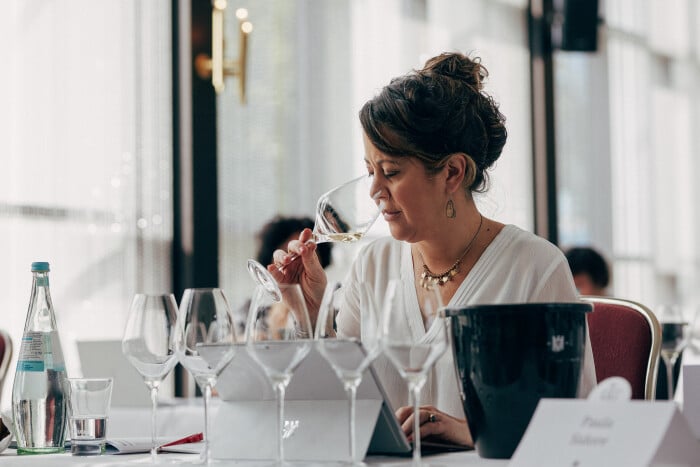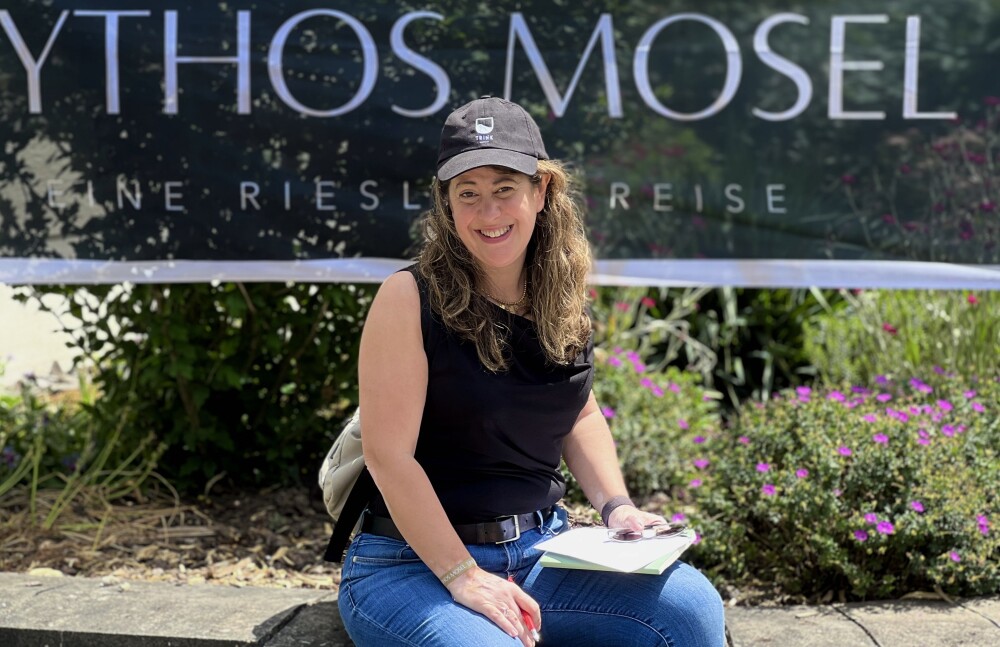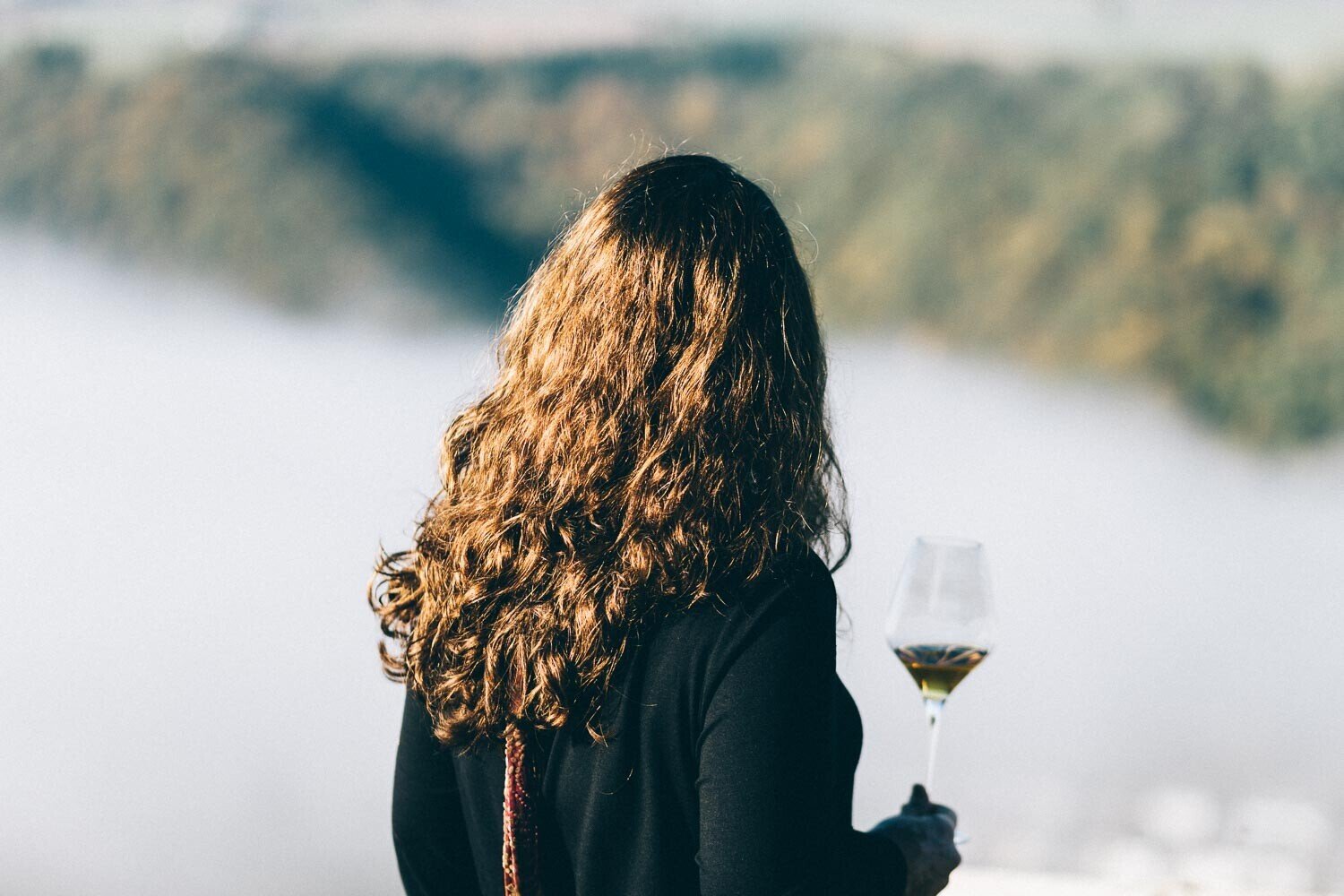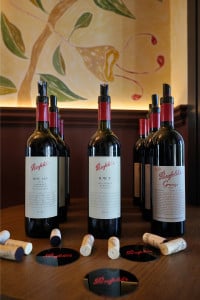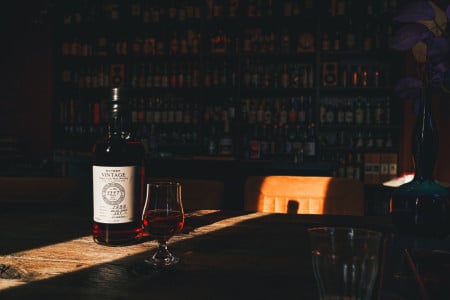You are the founder of Weinstory, a translation agency for wine translations from German to English. How did you come up with the idea to start a translation agency like this? And who uses your services the most?
When I decided to pursue my sommelier training, I chose the IHK certificate (comparable more or less with WSET 3). And perhaps more importantly I chose to do it in German, not in English. For me, I felt that the best way to understand the German wine culture was to study it in the language. People who knew that I was a native English speaker and writer would occasionally ask me: “hey, could you help me with this phrasing or text?”. Or when I talked with winemakers about some tasting notes that I had made, they found my perspective to be a new and interesting one. In other word, I was doing it for quite a while on the side as a favour or hobby. Then I realized that it was bigger than just an individual translation, so much of the information that I wanted to read about Germany wine, was not breeching the language “paywall”. It was all still in German. I believed that there were a lot of people, like myself, were interested in having this information in English. Weinstory was very organic and bootstrappy at first. Today, Weinstory is proud to celebrate 10 years strong. My partner and I are both former book editors and believe firmly in the four-eyes concept: for accuracy, for clarity, and for tone.
Who uses our service the most? I would say it would be primarily producers. And also, a fair number of importers. With the international spotlight of the last decade increasingly focused on German wines, growers and exporters are coming to see that their story needs to be told in other languages and needs to be told well.
In October 2020, you founded Trink Magazine together with Valerie Kathawala. It is the first and only English magazine which is dedicated to the German-speaking wine countries of Germany, Austria, Switzerland, and Italy. What made you decide to create the magazine?
As the German wine world, especially the English-speaking German wine world, is quite small. Valerie and I had been aware of each other’s presence on social media for a while, but we didn’t know each other personally at all. When she reached out to me to connect, I was so thrilled to finally have someone in the US who knew German wines, and who could enlighten me on why the export market seemed so behind the reality of the German market: “how come the dry wines produced in Germany aren’t ending up in the States? Why does everybody still have this idea that German wines are sweet?” And somewhere over the course of our long email exchanges the idea for Trink was born.
At first, we thought we, together with a third party who decided to go in a different direction, would make a website. Then, as we both had publishing backgrounds, we began to think about a magazine. We had planned to meet for the first time in March 2020 at ProWein, but then Corona happened. And so, we had to decide: “do we move forward of not?” We made our decision and finally met each other for the first time at Vievinum in May 2022.
And where are most readers based? Do you have German readers too?
Our readership is worldwide, but our top readership is split between USA, Germany, UK and Scandinavia. When we started, we knew that America and Germany would make up a significant portion of the initial readership as it represented both of our background and home bases. But it’s been exciting to see the growth in readership from Italy, Switzerland and Austria as well. Clearly, there was a real demand for the sort of in-depth reporting in English that we are providing.
Since a few months you are also the German & Austria wine specialist for Jancis Robinson. How did you get the job besides Weinstory and Trinkmag? And what is it like to be a specialist for a renowned wine critic like Jancis?
It’s an incredible honour, of course. I admire the priority Jancis puts on making sure that the people that she has covering the regions know those countries inside and out: the people, the vineyards, the wines, and the culture. So of course, I was over the moon (and quite nervous, to be honest) when my predecessor decided to retire and asked if I would be interested in taking over the position while he stepped back. He had done an amazing job for over 20 years, and I can only hope to come close to filling his very big shoes.
Ever since receiving an honourable mention in a Jancis Robinsons writing competition many years ago, it had been my dream to write for her site. She’s such a legend, yet is still so down to earth, and very hands on. I really appreciate the fact that she is so involved. And still, I admit to occasionally shaking a bit when we meet.
You are originally American and now living in Germany. If you compare these two countries with each other, what is the biggest difference in wine culture? Does this difference require a different way of writing and translating?
So much of translation is cultural as well as linguistic. You need to both understand the culture that it’s coming from as well as the culture it’s going into. And that's what hopefully is the difference between a human translator and automatic translation, which works on a word-by-word basis. It can be linguistically correct at a sentence or word level but then lose the overall context. When I have a piece of marketing text to translate, it needs to sell itself just as well in English as it does in German. And sometimes that means infusing it with a different idea. It's transcreation as much as translation.
Where I come from on the east coast, there is very little wine growing. And in the rest of America the winemaking tradition only goes back to half a century and in Germany it goes back to the 14th century. There are so many differences that it’s hard even compare them. That said, my grandmother grew up in Sicily. So, in our family, even from a young age, wine was a regular part of Sunday dinner. Certainly, I would say bringing the international viewpoint into the translations and into the writing is one of the things that keeps my writing voice different. I can uniquely the bridge the culture that I've chosen here and the culture that I was born into.


